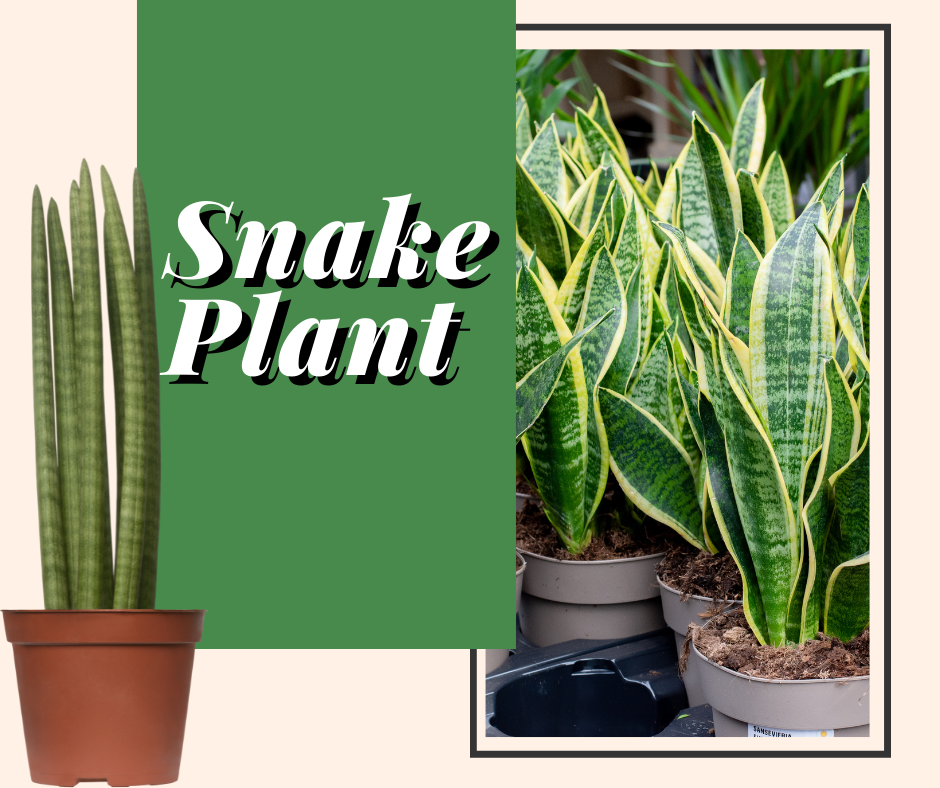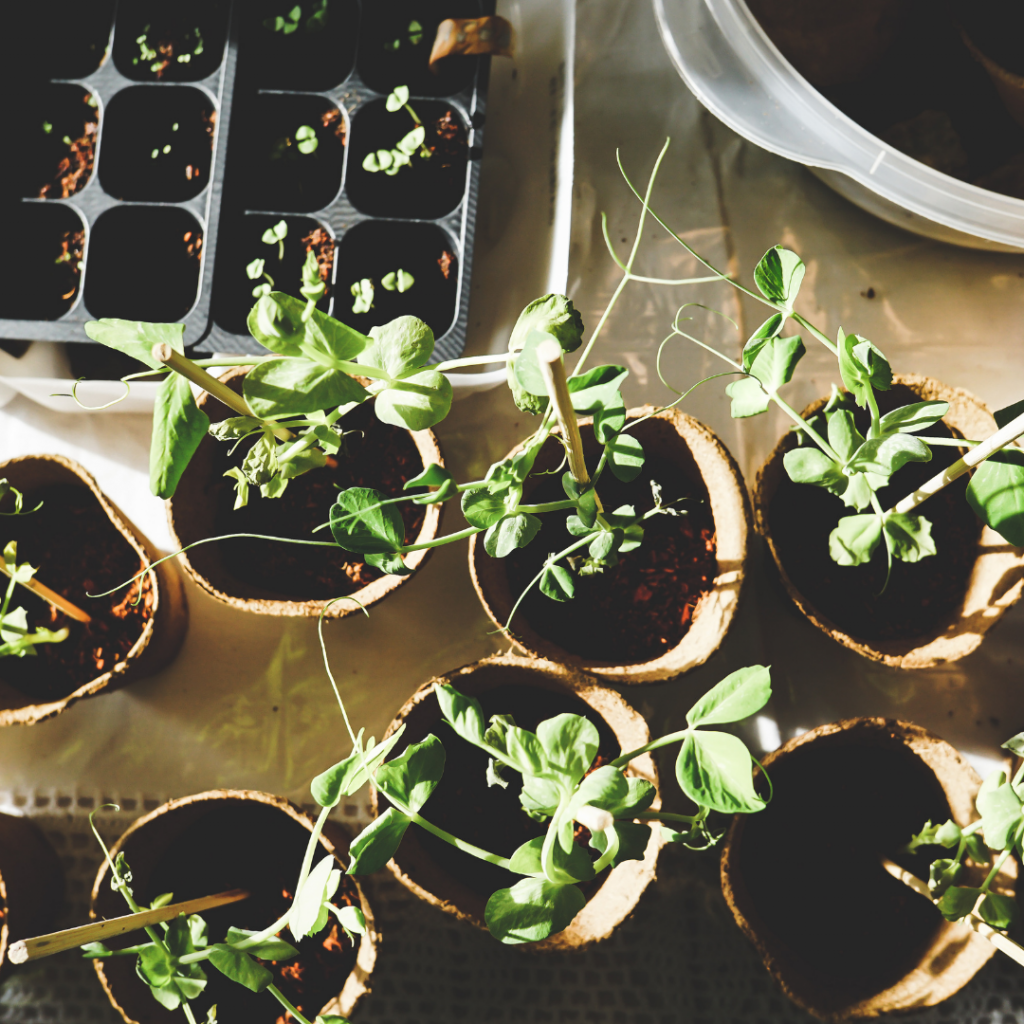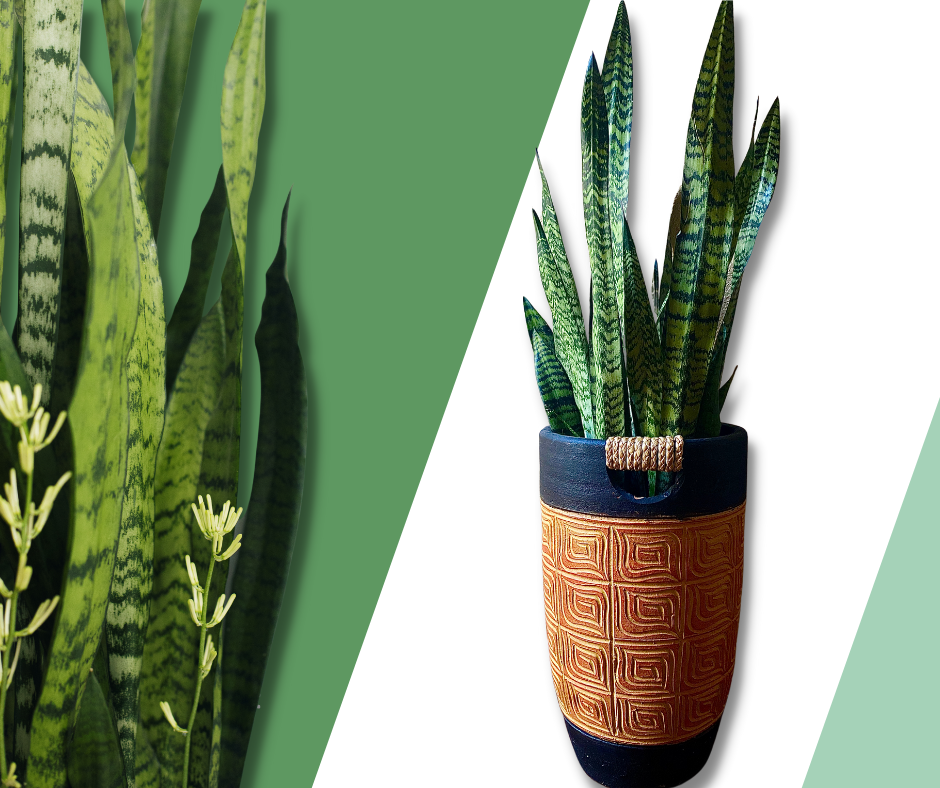Share Post:









Blogger

This one is my favorite. I always make these live the longest thus far. Snake Plants are Ideal for People Who Can’t Keep Anything Alive.
Aena trifasciata is a flowering plant in the Asparagaceae family native to tropical West Africa from Nigeria to the Congo. It is also known as the snake plant, Saint George’s sword, mother-in-tongue, law’s and viper’s bowstring hemp, among other names.
Selecting a Snake Plant for Your Home
When looking for snake plants, look for ones with dark green leaves;
leaves that are too pale indicate that the plant is already in trouble. Check to see if your plant needs to be re-potted, and then select a terra cotta or porous material pot and a potting mix with good drainage.
Food, Light, and Water
Snake plants thrive when you almost completely ignore them. Allow the soil to dry between waterings and be especially careful not to overwater in the winter.
When watering, try not to get the leaves wet. Place your snake plants in indirect light (though they can tolerate a variety of light conditions) and fertilize with an all-purpose plant food during the growing season.
This plant is toxic to cats and dogs, according to the ASPCA. Vomiting and diarrhea can occur as a result of chewing or ingestion.

Snake Plant Propagation.
Snake plants have rhizomes that can be easily divided. Although this can be done at any time of year, spring is the best. Because summer is the growing season, your newly propagated plants will grow faster as well.
Leaf cuttings can also be used to propagate snake plants. Simply cut 2 to 3 inch pieces of a leaf and place them about 1 inch deep in snake plant soil. Plant cuttings facing up, in the same direction they were growing. Enjoy! Snake plants look great in clusters of varying heights.